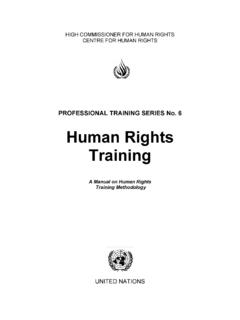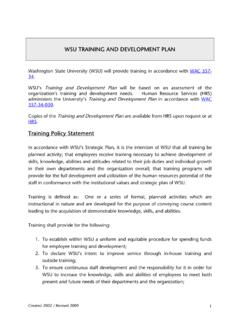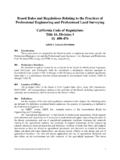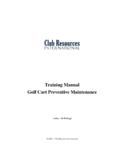Transcription of Improving Safety Through Education and Training
1 Report by the Commission on Education and Training for Patient SafetyImproving Safety Through Education and Commission on Education and Training for Patient Safety2 ContentsForeword ..3 Executive summary ..4 Our recommendations ..5 Introduction ..8 The case for change ..9 How safe are patients in the NHS? ..9 Recent patient Safety improvements ..10 Making change in partnership with others ..12 About this report ..13 Creating a culture of shared learning ..15 Good practice and learning from incidents is rarely shared across the NHS.
2 15 We need a shared language to talk about patient Safety ..18 Measuring impact is often neglected ..19 The patient at the centre of Education and Training ..21 We need to do more to involve patients ..21 The NHS needs to do more to ensure openness when things go wrong ..25 Lifelong learning ensuring that patient Safety is a priority from start to finish ..27 The importance of empowering learners and staff to be the eyes and ears of the NHS ..27 Staff must have protected time for Training on patient Safety and that continuingprofessional development should be standardised.
3 30 Leaders also need Safety Training ..32 Delivering Education and Training for patient Safety ..33 Staff and students need to be trained to work in a more integrated NHS and to consider Safety in its broadest context ..34 Staff and students want inter- professional learning ..38 The importance of human factors ..40 Students, staff and leaders should know how to manage risk ..42In conclusion ..46 Appendix ..48 Glossary ..49 Acknowledgements ..52 References ..543 ForewordForewordProfessor Sir Norman Williams,Chair Commission on Education and Training for Patient SafetySir Keith Pearson, Vice-Chair Commission on Education and Training for Patient SafetySafety in healthcare is everyone s responsibility and has been a mantra for many years.
4 Despite the rhetoric however, critical incidents that destroy people s lives sadly continue and their prevalence remains by and large static. Near misses occur regularly and lessons are rarely learnt or disseminated Through the system. This is a universal problem but one that we believe the NHS is well placed to tackle and if we get it right the NHS could be a world leader. Getting it right involves instilling the right culture from the very beginning of a healthcare worker s career. Education and Training from undergraduate and apprentice level throughout one s career can not only embed the right approach to preventing and learning from errors but also keeps the mind receptive to new ideas that could improve Safety .
5 Health Education England (HEE) - responsible for the Training of all healthcare workers - established the independent Commission on Education and Training for Patient Safety , to review the current status of Safety Education and Training for all learners, including in curricula and workplace learning. We commissioned Imperial College as our academic partner. We sought views from patient groups and both national and international Safety experts. We travelled the country to observe many new initiatives, took soundings from focus groups and debated long and hard as to what we felt would make significant and sustained changes to practice, be it in the community, hospital or primary care setting.
6 It was clear to us that major changes are needed in multi-specialty and team working, greater emphasis on human factors is required, simulation should become commonplace in all sorts of scenarios and a much more transparent and open reporting system needs to be established where we move from a blame culture to a learning one. These are just some of our observations and are by no means an exhaustive list. The Commission has made 12 recommendations to HEE and the wider system that we believe if fully enacted should make a marked difference to Improving healthcare in this country and indeed beyond.
7 It is now up to HEE to decide how best to implement the recommendations but we would advise strongly that they do so at pace. Improving Safety must be our priority and the time to act is are enormously grateful for the hard work of all Commission members who gave their time freely and abundantly. We were fortunate to have patient representatives on the Commission and we tried at all times to see things Through their perspective. We also thank all members of HEE staff, both past and present who have worked diligently to assimilate the multiple diverse views and make this a coherent Commission on Education and Training for Patient Safety4 This report is different from the many reports on patient Safety published both for the NHS and internationally over the last decade.
8 Here, for the first time, the focus is on how Education and Training interventions can actively improve patient Safety . There is a real need for a systematic approach that uses learning tools effectively, both for short term reduction in risk to patients and also to build a long-term, sustainable learning environment within healthcare that is centred on patients and on the need for the safest care possible. This report, produced by the Commission on Education and Training for Patient Safety sets out its ambition to improve patient Safety Through Education and Training and makes a number of recommendations to Health Education England (HEE) and the wider system.
9 Background The energy and pace of change in the NHS is greater than ever before. There is a real and palpable commitment to Improving patient Safety and widespread recognition that Education and Training is vital in reducing patient harm. Organisations are pioneering initiatives and healthcare staff at every level recognise how they contribute to keeping patients safe. Patients and staff are demanding improvement, pushing for deeper, broader, faster change and the government have made patient Safety a priority area. Despite this, an estimated one in 101 patients admitted to NHS hospitals will still experience some kind of patient Safety incident and around half of all incidents are thought to be Safety should be a golden thread of learning that connects all staff working in the NHS, across all disciplines, from apprentice and undergraduate right Through to retirement.
10 The NHS cannot expect to achieve improvements in patient Safety if it is not embedded within Education and Training and if we cannot safely allow staff the time away from the workplace to undergo Training . Changing behaviours and outcomes will be impossible if there continues to be a blame culture where individuals are vilified when things go wrong rather than supported to learn from errors and to look at the system as a whole. The NHS has to Commission The Commission, supported by Imperial College London, gathered evidence Through focus groups, interviews, regional visits and online surveys; from patients and their families, carers, students and trainees, frontline staff at every level across all settings, healthcare managers, executives, as well as international experts and national organisations.

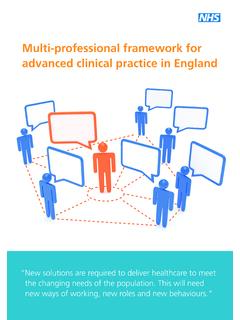
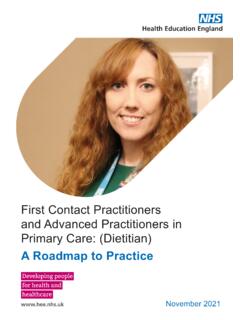



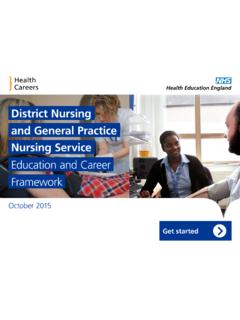
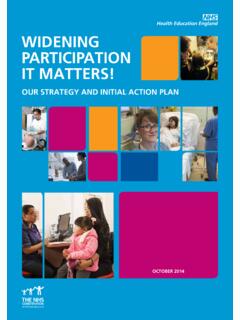

![Midlands [1 of 2] - hee.nhs.uk](/cache/preview/6/c/1/4/2/e/2/7/thumb-6c142e2790d053a442bd8a3e81c79697.jpg)
